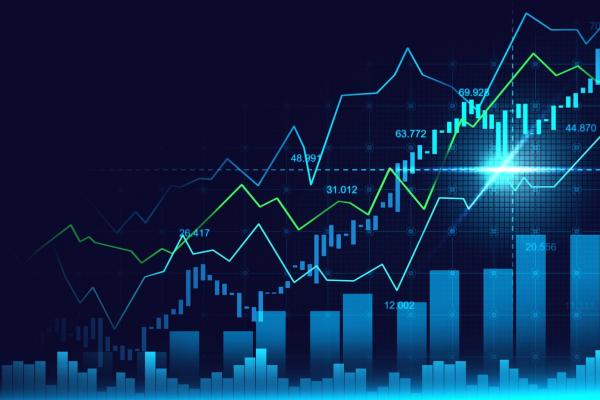Successful investing requires a deep understanding of global markets and economic indicators. Trading Economics is a valuable platform that offers economic data, forecasts, news, and analysis from a wide range of countries.
Introduction to Trading Economics
Trading Economics is a comprehensive tool for investors, economists, and analysts seeking detailed information on global economic data.
The platform provides access to economic indicators from over 200 countries, including GDP, inflation, interest rates, trade balance, and unemployment.
Additionally, it offers economic forecasts based on statistical models and expert analyses.
Key Features of Trading Economics
Economic Data
One of the main features of Trading Economics is the vast amount of economic data available.
This data is regularly updated and covers a wide range of essential economic indicators for market analysis. Some of the most commonly used indicators include:
- Gross Domestic Product (GDP): A measure of a country’s total economic output, crucial for assessing economic health.
- Inflation: Consumer Price Index (CPI) and Producer Price Index (PPI), important for understanding purchasing power and inflationary pressures.
- Interest Rates: Information on interest rates set by central banks, influencing investment and borrowing decisions.
- Unemployment: Unemployment rates that help evaluate the health of the labor market.
- Trade Balance: Data on exports and imports, reflecting a country’s competitiveness in global trade.
Economic Forecasts
Trading Economics offers economic forecasts based on advanced econometric models.
These forecasts are valuable for investors who want to anticipate future trends and make informed decisions.
The forecasts cover a variety of indicators, including GDP growth, inflation, interest rates, and unemployment.
News and Analysis
The platform also provides economic news and detailed analyses.
The news is updated in real-time and covers global economic events, government policies, central bank decisions, and other relevant developments.
The analyses offer insights into the potential impact of these events on financial markets.
Graphing and Comparison Tools
Trading Economics offers graphical tools that allow users to visualize economic data over time.
These tools are useful for identifying trends and historical patterns.
Additionally, the platform enables comparisons between different countries and regions, facilitating comparative analysis.
Using Trading Economics for Investing
Analyzing Global Markets
Investors can use Trading Economics to conduct detailed analyses of global markets.
For example, when investing in international stocks, it is crucial to understand the economic environment of the target country.
By utilizing GDP, inflation, and interest rate data, investors can assess the economic health and growth prospects of different countries.
Assessing Economic Risks
Understanding economic risks is essential for investment management.
Trading Economics provides data that helps identify potential risks, such as high inflation, rising unemployment, or trade imbalances.
These indicators can signal economic problems that may negatively affect investments.
Long-Term Investment Planning
Long-term investors can benefit from the economic forecasts offered by the platform. For example, GDP growth and inflation forecasts can help identify countries with solid growth prospects and stable economic environments. This information is crucial for long-term investment decisions, such as investments in index funds or sovereign bonds.
Making Decisions Based on Monetary Policies
Central bank decisions on interest rates have a significant impact on financial markets.
Trading Economics provides up-to-date data on monetary policies and interest rate forecasts.
Investors can use this information to adjust their investment strategies in response to changes in monetary policies.
Practical Examples of Using Trading Economics
Investing in Emerging Markets
Investing in emerging markets can offer high returns but also involves considerable risks.
Using Trading Economics, investors can analyze economic indicators from emerging markets such as Brazil, India, and China. Assessing GDP growth, inflation, and political stability helps identify opportunities and mitigate risks.
Comparative Analysis Between Countries
Investors seeking international diversification can use Trading Economics’ comparison tool to analyze different countries side by side.
For example, comparing the economies of the United States with the Eurozone can help investors make informed decisions on where to allocate their resources.
Comparisons of indicators such as GDP growth, unemployment rates, and fiscal policies are fundamental to this analysis.
Monitoring Global Economic Trends
For investors who adopt a macroeconomic approach, monitoring global trends is crucial.
Trading Economics allows tracking economic data from multiple countries simultaneously, making it easier to identify global trends that can influence financial markets.
For example, a trend of rising global inflation may lead to adjustments in investment strategies.
Trading Economics is an indispensable tool for investors looking to understand global markets and make informed decisions.
With access to a vast array of economic data, detailed forecasts, real-time news, and comprehensive analyses, the platform provides the resources needed to evaluate opportunities and risks.
By leveraging the features of Trading Economics, investors can enhance their investment strategies, mitigate risks, and capitalize on opportunities in diverse global markets.






